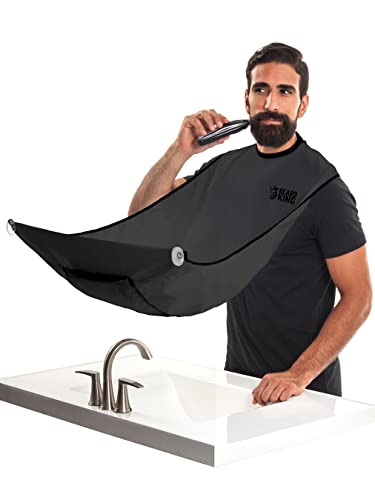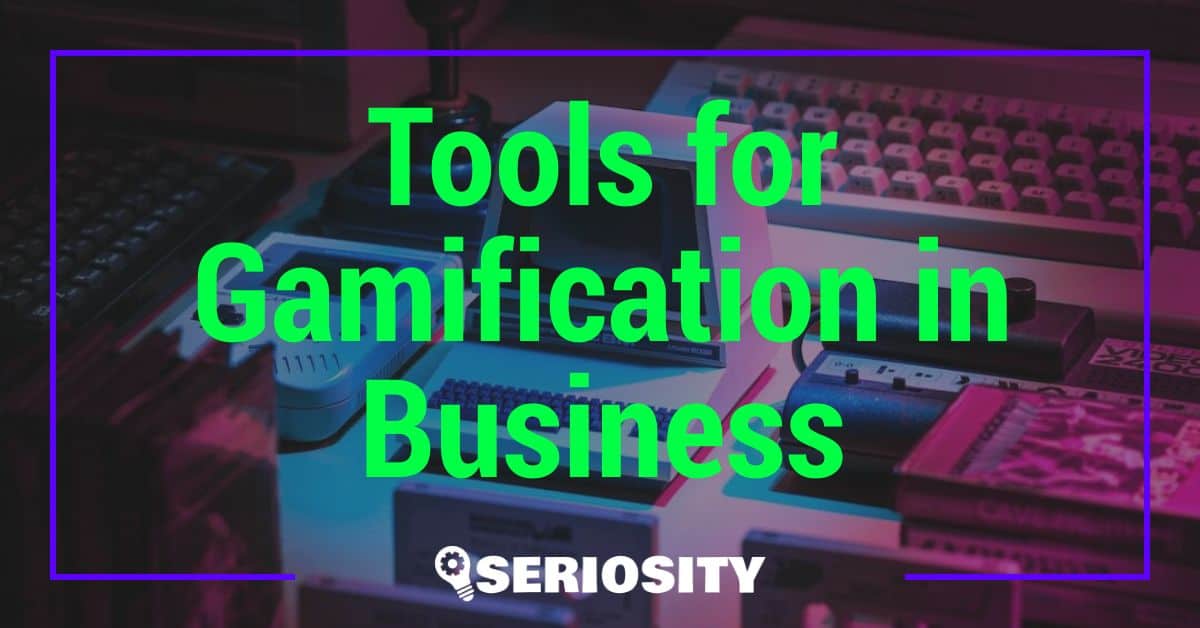I still remember the excitement and nerves that buzzed through me as I prepared for my first live webinar. It felt like a significant milestone in my professional journey, a chance to share my knowledge with a broader audience and engage in real-time discussions. The digital landscape had always intrigued me, but this was a whole new level of interaction.

As the countdown to the webinar began, I realized how much goes into creating a seamless experience for the participants. From selecting the right platform to crafting engaging content, every detail mattered. Despite the initial jitters, once I started, the energy from the audience was palpable, and it turned into an incredibly rewarding experience.
Choosing the Right Webinar Platform
Selecting the ideal platform is key when preparing for a live webinar.
Factors to Consider
Several elements influenced my decision in choosing a webinar platform:
- Ease of Use: User-friendly interfaces meant less time spent learning new software. Platforms like Zoom and GoToWebinar require minimal setup and are intuitive.
- Features: Necessary features included screen sharing, chat options, and recording capabilities. WebEx offers a robust feature set, enhancing interaction.
- Scalability: Scalability ensures the platform can handle audience size. Microsoft Teams supports large groups and scales easily.
- Cost: Budget affects platform choice. Free platforms like Google Meet suit small, informal sessions, while premium options fit more substantial needs.
- Customer Support: Reliable customer support resolves issues quickly. Platforms with 24/7 support, like WebinarJam, provide peace of mind.
Top Platforms for Beginners
Several platforms stand out for newcomers:
- Zoom: Widely known for its ease of use and versatility. Zoom offers free and paid plans suitable for various needs.
- GoToWebinar: Known for reliability and comprehensive features. It’s perfect for professionals wanting dependable performance.
- WebinarJam: Designed for marketing and interactive webinars. It’s user-friendly, making it a top choice for beginners focused on engagement.
- Google Meet: Ideal for those seeking a free, straightforward option. Great for small, informal sessions and easy integration with Google Workspace.
- Microsoft Teams: Excellent for larger groups and integrating with Office 365. Perfect for those already in the Microsoft ecosystem.
Choosing the right platform simplified my webinar preparations, ensuring a smoother experience for both me and my participants.
Preparing for the Webswire
With my webinar platform selected, the next steps involved thorough preparation to ensure a successful event. Two critical areas needed attention: creating engaging content and managing technical setup and rehearsals.
Creating Engaging Content
Crafting compelling content meant understanding my audience’s needs. I identified key topics of interest by surveying potential attendees. This approach helped me tailor my presentation to address their specific concerns, ensuring relevance.
Structured my presentation with a clear opening, core points, and a memorable closing. Used visuals like infographics and slides to break down complex information. Interactivity was key, so I built in Q&A sessions, polls, and quizzes to keep the audience engaged.
Technical Setup and Rehearsals
Ensuring technical aspects ran smoothly required meticulous planning. I verified my internet connection was stable and had backup options like a mobile hotspot. Tested audio and video quality using my selected platform’s tools, checking settings for clarity.
Set up my webinar environment to be distraction-free, with proper lighting and a professional background. Schedule multiple rehearsals to familiarize myself with the platform’s functionality, practicing transitions and timing to build confidence.
By focusing on these areas, I reduced the risk of technical issues and crafted a presentation that resonated with my audience, contributing to the overall success of my first live webinar.
During the Webinar
I stayed calm and focused throughout my first live webinar by managing interactions and dealing with technical issues effectively.
Managing Interaction and Engagement
Keeping the audience engaged was crucial. I used polls to gather instant feedback and Q&A sessions to address specific questions. Engaging tools like chat boxes allowed participants to interact with me and each other in real time. I monitored the chat for relevant queries and addressed them promptly. These methods ensured active participation and kept the audience’s attention.
Dealing with Technical Issues
Handling technical issues efficiently was pivotal. I prepared for potential problems by keeping a backup device nearby and having customer support contact information ready. When a minor audio problem arose, I quickly switched to my backup device, minimizing disruption. Running a pre-webinar diagnostic helped me identify and resolve connectivity issues beforehand. Not letting technical glitches hinder my delivery, I maintained professionalism and kept the webinar running smoothly.
Post-Webinar Activities
Right after my first live webinar, I focused on essential post-webinar tasks to maximize its impact and prepare for future sessions.
Analyzing Feedback
Feedback analysis came first. I reviewed attendee responses to polls and Q&A sessions. Participant comments provided insights into what worked and what didn’t. Using survey tools like Google Forms, I asked specific questions about content relevance, speaker performance, and technical quality. The data highlighted areas for improvement and reinforced strengths. For instance, if multiple attendees mentioned audio issues, I prioritized resolving those before the next webinar.
Planning Future Webinars
Next, I started planning future webinars. Based on feedback, I identified topics of interest. I also explored advanced features like breakout rooms or interactive whiteboards to enhance engagement. Reassessing the current platform ensured it still aligned with my evolving needs. Setting clear, actionable goals for each subsequent webinar helped maintain focus and drive continuous improvement. If the feedback indicated high interest in follow-up sessions, I scheduled a series and began drafting new content accordingly.
By following these post-webinar steps, I ensured that each session built on the last, leading to continued success and growth in my webinar series.
Conclusion
My first live webinar was an enlightening experience that taught me the importance of preparation and adaptability. Engaging with the audience in real-time and handling unexpected technical issues were invaluable lessons. The feedback I received was instrumental in planning future webinars and improving my approach. Each step, from selecting the right platform to post-webinar analysis, contributed to a successful and enriching experience. I’m excited to apply these insights to make my upcoming webinars even more impactful and engaging.















